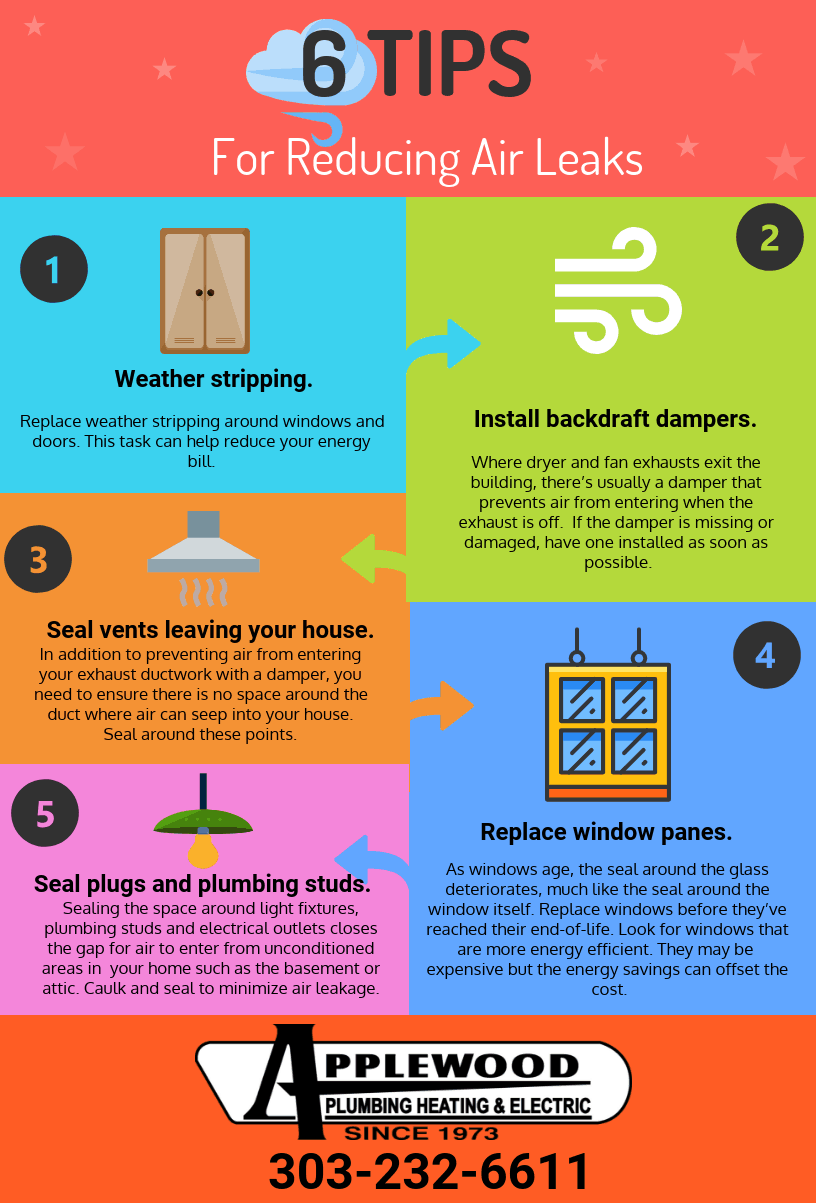Grasp The Essential Pressure Washing Strategies Adjusted For Each And Every Surface Type To Make Sure Sensational Outcomes-- Unveil The Tricks To A Smooth Finish
Grasp The Essential Pressure Washing Strategies Adjusted For Each And Every Surface Type To Make Sure Sensational Outcomes-- Unveil The Tricks To A Smooth Finish
Blog Article
Post Developed By- https://elliottmsxci.blogginaway.com/33145654/you-may-not-fully-appreciate-the-significance-of-home-window-cleansing-but-it-greatly-affects-your-organization-s-image-and-wellness-disclose-the-hidden-benefits-at-this-moment Keating
When it concerns push cleaning, the strategy you pick can make all the difference in attaining a clean, streak-free surface. You may find that difficult surfaces, like concrete, require a different method than softer products, such as wood or vinyl. It's important to adjust your methods to the surface type to avoid damages while taking full advantage of cleaning effectiveness. So, what are the very best methods for every surface, and exactly how can you guarantee you're using the right setups and tools for the work? Allow's explore what you require to recognize to get the very best results.
Difficult Surface areas
When it comes to press cleaning hard surface areas, preparation is key. Before you also consider taking out the pressure washing machine, take the time to clear the location of any type of particles, furniture, or challenges. You don't want anything getting in your way or potentially damaging your tools.
Next off, check the surface for any type of fractures or damage; this will assist you figure out the right method and pressure setups.
Once you've prepared the location, it's essential to choose the right nozzle. For difficult surfaces like concrete or block, a slim nozzle (15 or 25 degrees) functions best to provide a focused stream of water that can properly eliminate gunk and spots. Constantly start at a distance and progressively relocate better to prevent any kind of surface damage.
As you start washing, maintain the wand moving to prevent streaks and over-saturation. It's also valuable to function from the top down, enabling dirt and particles to get rid of normally.
Ultimately, remember to rinse the surface completely after cleansing to get rid of any leftover detergent. With these methods, you'll achieve a tidy and renewed look on all your hard surfaces.
Soft Surfaces
Pressure washing soft surfaces calls for a gentler technique to protect them from damages. Whether you're cleansing your deck, outdoor patio furnishings, or house siding, using excessive pressure can lead to dents, scratches, or perhaps irreversible harm.
Begin by choosing a low-pressure nozzle, ideally a 25-degree or broader spray pattern, to spread the water extra carefully.
Prior to you start, it's crucial to pre-treat any discolorations with an ideal cleaning option. This step enables the cleaner to penetrate the dirt and gunk, making it simpler to remove without scrubbing too hard.
Constantly apply the option from the bottom up to avoid spotting.
When you begin stress washing, preserve a distance of at least 12 to 18 inches from the surface area. Relocate commercial window washing nearby in a sweeping movement, maintaining it parallel to the surface to avoid concentrated pressure on one spot.
Wash the location thoroughly after cleaning to eliminate any type of recurring cleanser.
Finally, inspect the surface for any kind of missed areas and duplicate the process if essential. By following these actions, you can efficiently clean soft surfaces while maintaining their honesty and look.
Specialty Surfaces
Cleaning soft surface areas needs treatment, but specialty surface areas demand a lot more interest to information. When you take on these surfaces, like delicate timber, discolored concrete, or specific sorts of home siding, using the right pressure cleaning strategies is essential to stay clear of damage.
First, assess the material. For example, treated wood can often withstand modest stress, yet softer timbers like cedar might call for a reduced setup. Constantly start with the most affordable stress and slowly raise if required.
For discolored concrete, use a follower spray nozzle and keep a constant distance to stop engraving the surface.
When taking care of surface areas like plastic house siding or repainted surface areas, a large spray pattern assists distribute the stress evenly, shielding the finish.
It's likewise important to use detergents particularly developed for specialty surfaces. They can enhance cleaning without jeopardizing the material.
Rinse thoroughly after washing to eliminate any residue, as it can bring about staining or degeneration with time.
Conclusion
In conclusion, understanding stress cleaning techniques for various surface areas can make all the difference in your cleansing outcomes. For difficult surface areas, stick to slim nozzles and a top-to-bottom approach, while soft surface areas need a gentler touch with larger nozzles. Don't fail to remember to pre-treat stains and rinse extensively to prevent residue. By adapting your techniques to every material, you'll not just accomplish a cleaner surface however likewise safeguard the stability of your surface areas. Pleased cleansing!
